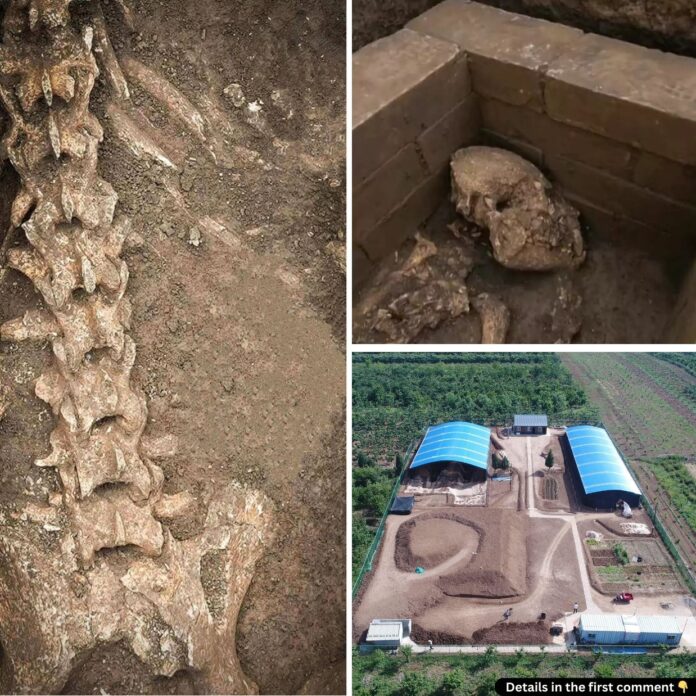In a groundbreaking discovery, archaeologists unearthed a complete giant panda skeleton in the tomb of Emperor Wen, a ruler from the Western Han Dynasty. This remarkable find not only sheds light on the burial customs of ancient Chinese emperors but also offers a fresh perspective on the biodiversity of ancient China. The presence of rare animal species in this tomb tells a fascinating story of the deep connection between humans and nature throughout history.
The Tomb of Emperor Wen: A Historical Context
Emperor Wen, born Liu Heng, reigned over the Western Han dynasty from 180 to 157 BCE. His reign is often remembered for its economic prosperity, progressive reforms, and population growth. Unlike many of his predecessors, Emperor Wen chose not to build a monumental burial mound but instead constructed his tomb inside a mountain, a decision that would influence the design of his mausoleum and its surrounding complex.
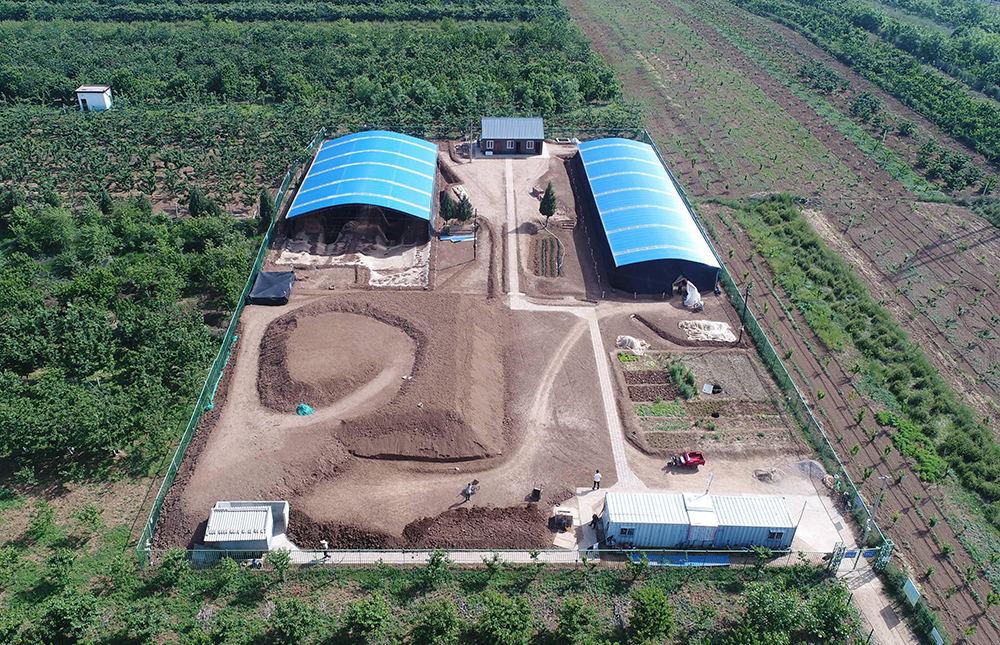
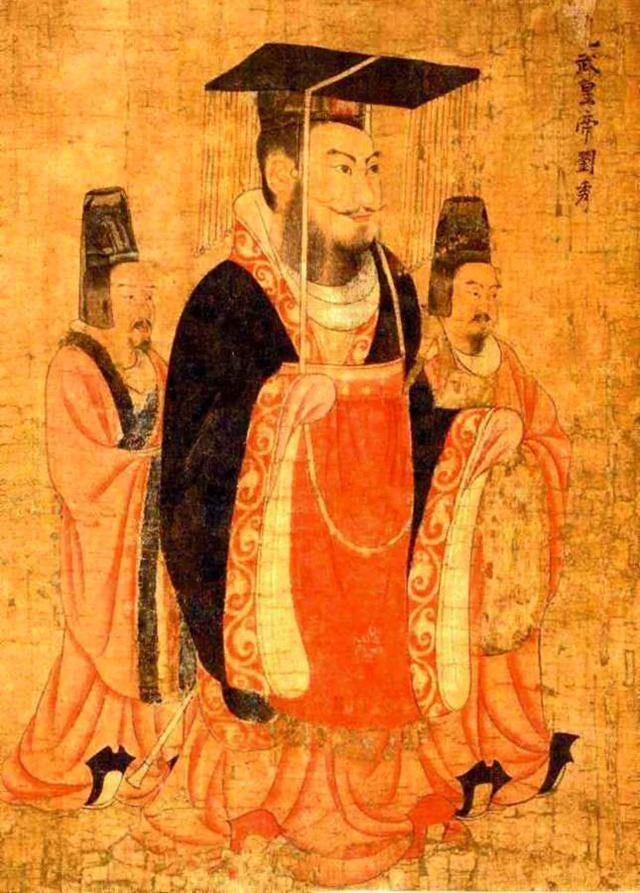
The tomb, located in Xi’an, Shaanxi Province, was the site of an extensive archaeological excavation that began in the early 2000s. It revealed more than 380 earth pits containing a wide range of animal skeletons, from domesticated creatures like dogs and pigs to exotic species such as tigers, yaks, and even the rare golden eagle. These animals were believed to be part of a royal garden that the emperor would “enjoy” in the afterlife, symbolizing both his wealth and his power.
Video
Explore the mysterious tomb of Han Dynasty Emperor Wen, one of China’s top 10 archaeological finds – watch the video to uncover the secrets of this ancient royal burial site!
The Giant Panda Skeleton: A Unique Find
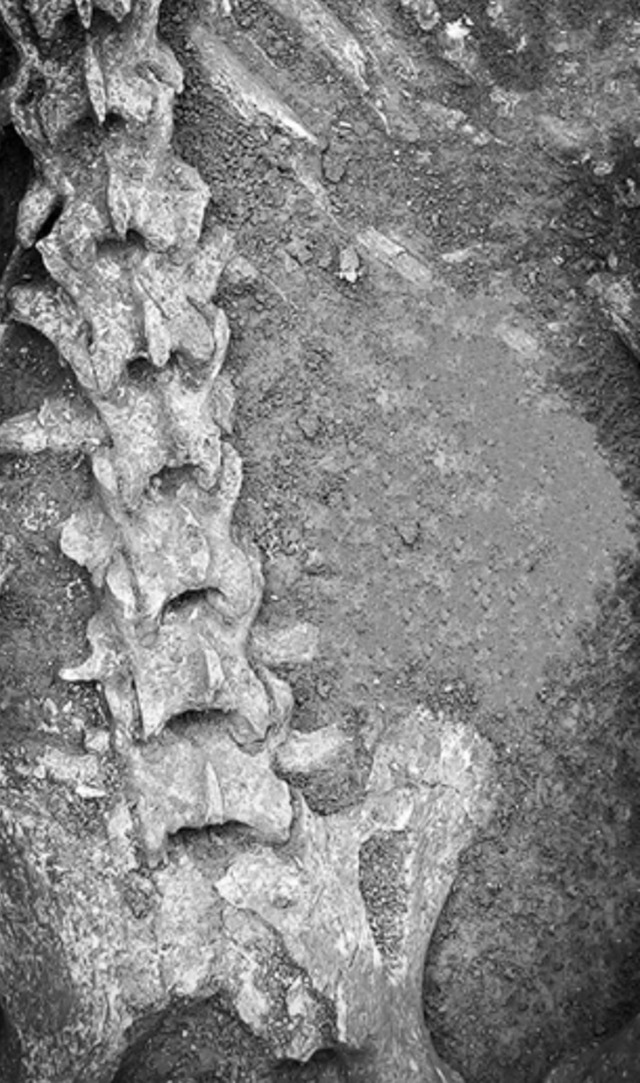
The most sensational discovery within Emperor Wen’s tomb, however, was the complete skeleton of a giant panda, marking the first-ever intact panda remains discovered at an ancient Chinese burial site. Unearthed in a sacrificial pit outside the emperor’s main tomb, the panda’s remains were meticulously positioned, with its head facing the principal tomb and its tail pointed west. The panda was placed atop a tiled brick structure, indicating the care with which it was laid to rest.
This discovery is not only extraordinary because of the rarity of the panda in ancient China but also because it challenges our understanding of the relationship between humans and wildlife in this period. Giant pandas are native to the mountainous regions of southern China, but their presence in Shaanxi—located far to the north of their current range—suggests that the climate of the time may have been much warmer and wetter, creating suitable habitats for these iconic creatures far beyond their modern distribution.
The Ecological Insights: What the Find Reveals About Ancient China
The discovery of the panda skeleton offers critical insights into the ecological conditions of ancient China. Archaeologist Hu Songmei, who led the excavation team, speculated that the climate during the Han dynasty may have been one or two degrees Celsius warmer than it is today, enabling bamboo to flourish in regions outside of the panda’s traditional habitat. The northern slopes of the Qinling Mountains, where the tomb was located, would have supported wetter and hotter forests, making it an ideal environment for the giant panda.

This finding also raises questions about the biodiversity of ancient China. Alongside the panda, the excavation revealed the remains of several other rare and exotic species, including the Malaysian tapir, a species that has since gone extinct in China, and the Himalayan takin, a wild goat-like animal native to the high mountains of the Tibetan Plateau. These animals were not simply sacrifices; they were part of a larger ritual practice that mirrored the grandeur of royal gardens.
The Variety of Animal Remains Found in the Tomb
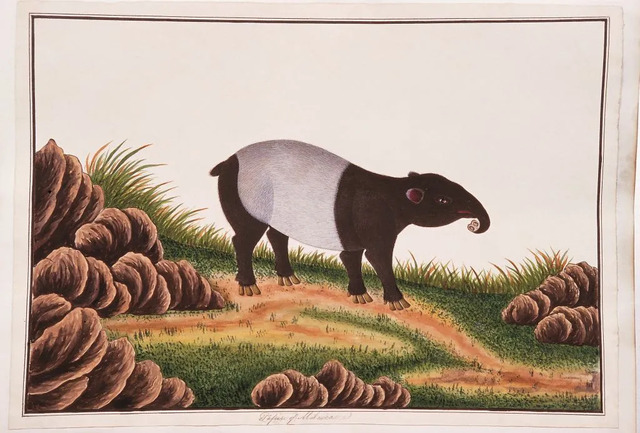
In addition to the panda, the tomb contained an impressive array of animal remains, each adding to the mystique of the site. One of the most intriguing finds was the complete skeleton of a Malaysian tapir, an endangered species that had once roamed ancient China but became extinct over 1,000 years ago. The presence of both the panda and the tapir within the same burial complex suggests that ancient Chinese people may have viewed these animals as symbols of different attributes—strength, peace, and perhaps even medicinal properties.
Other species discovered in the tomb include tigers, yaks, and even a gayal bull, an animal native to South Asia. These rare creatures were likely part of a symbolic representation of the wealth and power of the Han dynasty rulers, showcasing their access to distant lands and rare animals. The diverse array of creatures found in the tomb supports the theory that the emperor’s mausoleum was designed to replicate a royal garden, filled with exotic animals as part of a grand ceremonial landscape.
Archaeological Implications: What This Means for Our Understanding of Ancient China
The presence of such a variety of animals in the tomb highlights the importance of animal sacrifices in ancient Chinese culture. These sacrifices were not just symbolic but served to enhance the prestige of the ruling class. Animals like pandas were not found in the tombs of commoners; rather, their presence in imperial tombs signified the emperor’s elevated status and his connection to the divine. The ritual burial of rare animals mirrored the royal gardens mentioned in Han dynasty texts, which often described gardens as places of leisure and reflection for the emperor and his court.
This discovery also provides valuable context for understanding the funerary practices of the Han dynasty. In ancient China, the belief in life after death was central to religious and cultural practices. The tombs of emperors and empresses were designed as microcosms of the living world, with lavish displays of wealth, power, and status. Animal sacrifices were thought to serve the deceased in the afterlife, ensuring that the emperor would continue to enjoy a regal existence even after death.
DNA and Isotope Analysis: A Path to Further Discoveries
To deepen our understanding of these findings, archaeologists plan to conduct DNA and isotope analyses on the animal remains. These tests will help identify the geographical origins of the animals, shedding light on the ancient trade routes and migration patterns that existed during the Han dynasty. The analysis may also reveal the dietary habits of the animals, offering insights into the ecosystems of ancient China and how these creatures were integrated into the emperor’s life.
The results of these analyses could also confirm the true origins of the giant panda remains. While the presence of the panda in Shaanxi during the Han dynasty was once thought to be unlikely, DNA testing could prove that the region was home to a small population of pandas during this period, or that the bears were brought from southern China as part of royal gifts or diplomatic exchanges.
Conclusion: Reflecting on the Significance of This Discovery
The discovery of the giant panda skeleton in Emperor Wen’s tomb is a groundbreaking moment in the field of archaeology, offering unprecedented insight into the ecological and cultural history of ancient China. This find not only sheds light on the relationship between humans and wildlife but also highlights the role of animal sacrifices in the funerary practices of the Han dynasty. As research continues, it is likely that new discoveries will emerge, further unraveling the mysteries of the past.
This discovery serves as a reminder of the importance of preserving our cultural heritage and the value of archaeological exploration. The tomb of Emperor Wen and its rich array of animal remains provide a fascinating glimpse into a world long gone, offering a rare opportunity to connect with the distant past and understand the lives of those who shaped the course of history.
